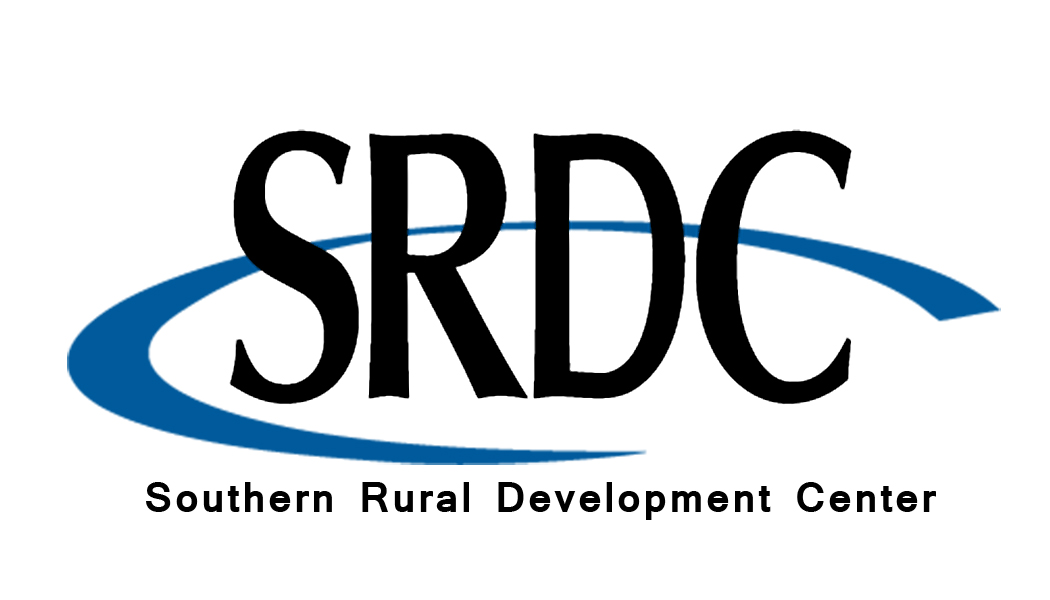New Mexico Counties Participate in USDA Stronger Economies Together Program
by carmenNew Mexico rural community and county leaders are taking advantage of the U.S. Department of Agriculture’s Stronger Economies Together program to help them develop and implement an economic development blueprint for their multi-county regions.
The SET program is a joint initiative between New Mexico State University’s College of Agricultural, Consumer and Environmental Sciences, USDA Rural Development and the Western Regional Rural Development Center at Utah State University.
“We have nine regions within New Mexico encompassing 32 of our 33 counties,” said Michael Patrick, NMSU Cooperative Extension Service economic development specialist. “Across the nation there are 94 SET regions in 32 states. New Mexico has the most counties participating.”
The SET regions in New Mexico are:
• Southwestern New Mexico Economic Development Partnership including Catron, Grants, Hidalgo and Luna counties. Launched in 2010.
• Northeast Economic Development Organization – New Mexico including Union, Colfax, Mora, Harding, Quay, Guadalupe and San Miguel counties. Established in 2010.
• Trails of the Ancients including San Juan, McKinley and Cibola counties. Established in 2013.
• Northern New Mexico Pueblos SET Region including Santa Fe, Taos and Rio Arriba counties and the pueblos of Tesuque, San Ildefonso and Picuris. Established in 2015.
• Middle Rio Grande Economic Development Organization including Catron, Valencia, Socorro and Sierra counties. Established in 2015.
• South Central Mountains Economic Development Organization including Lincoln and Otero counties, and the Mescalero Apache Tribe. Established in 2015.
• East Central New Mexico SET Region including Quay, Guadalupe, De Baca and Torrance counties. Established in 2016.
• Mid Central Rural Corridor including Los Alamos, Sandoval and Bernalillo counties. Established in 2017.
• South Eastern New Mexico SAT Region including Curry, Roosevelt, Chaves, Eddy and Lea counties. Established in 2017.
Patrick and Terry McDermott, USDA Rural Development community development coordinator in New Mexico, provide technical assistance and educational support as the regional leaders develop their plans.
“Mid Central Rural Corridor and South Eastern New Mexico regions have just begun developing their plan,” Patrick said. “During a six- to seven-month process, involving 40 hours of the leaders’ time, they will identify the current and emerging economic strengths of their region.”
After gathering the information, the regions will develop a model for action and accountability, design leadership structure appropriate for regional plan implementation, identify technical assistance needs for success and secure resources needed for success.
The current New Mexico SET regions have identified numerous economic development goals to expand upon. Those goals include:
• Tourism by developing regional tourism opportunities.
• Arts and entertainment by expanding opportunities for the movie industry.
• Broadband and technology by upgrading the infrastructure to help grow solo employment, telehealth and distance learning in rural areas.
• Renewable energy and forest products.
• Agriculture and agribusiness by building on what they have and grow more organic production.
• Health care and social assistance services to attract retirees and take care of an aging population.
• Develop a skilled workforce/education that is one of the biggest issues with many industry site selection experts.
“Of our seven established regions, six have developed their strategic plan and have received the certification of ‘High Quality Plans,’” Patrick said. “When a regional economic development plan has been certified, the region receives $5,000 from USDA Rural Development as seed money for their plan’s implementation.”
Certified plan projects participating in USDA Rural Development programs receive priority consideration under Section 6025: Strategic Economic and Community Development (SECD) of the 2014 Farm Bill for additional funding.
The activities being pursued in New Mexico include researching the potential for adopting mechanized harvesting techniques to harvest yucca; establishing the Navajo Farm to School Project in Shiprock and the Market Connect Project along U.S. Highway 491 between Gallup and Shiprock; establishing a database of artists, art venues and related cultural events and opportunities in the region; and documenting workforce readiness and identifying possible job creation investments in the region.
“The SET regions have already seen success in their economic development because they are working together to achieve their common goal established in their strategic plans,” said Eric Vigil, New Mexico’s acting state director of USDA Rural Development.

